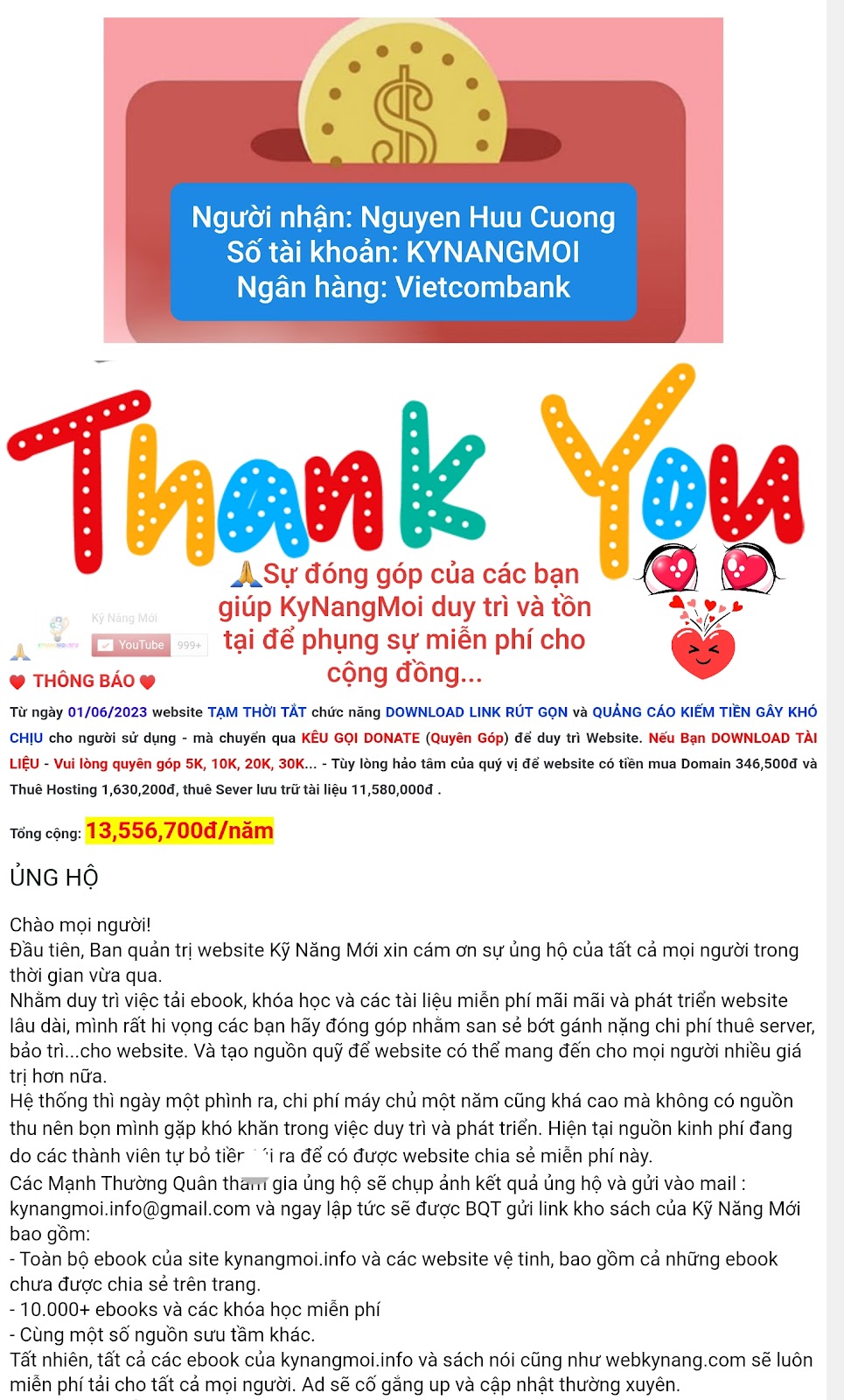10 Excel formula errors and how to fix them #### error in excel
Microsoft Excel is a powerful tool for solving complex calculations while keeping track of important data. Many companies rely on Excel for various functions, such as data entry and analytical reports. If your job involves using Excel, it's important to know how to fix common errors so you can use the application effectively.
In this article, we discuss 10 of the most common Excel formula errors, describe why they occur and provide ways you can correct them.
10 Excel formula errors and how to fix them #### error in excel
When using formulas in Excel to perform calculations, the program tells you if there's something wrong with the data you're referencing or the formula itself. The application can produce a variety of error messages, and while they may seem challenging, fixing the errors is quick and easy once you understand them. Some common errors include:
1. #### error
The #### error is one of the most common errors when using Excel, and it's easy to fix. Excel prints this error message when the width of a column is not wide enough to display all the characters within that cell. This error can also occur when Excel displays a negative time and date.
To fix the first instance of this issue, you can simply expand the column width to accommodate all the characters within a cell. You can drag the column's header until the error disappears. To fix the error, you can adjust the date and time in the cell. If the issue is persistent, you can change the size of cell individually.
2. #DIV/0!
The #DIV/0! error message appears when the formula you're using attempts to divide by zero. It can also appear when using the value of an empty cell to divide. Because Excel can't define a formula dividing by zero, it prints this error message to let you know there's a zero in the fraction's denominator for the calculation.
You can fix this error message by adjusting your formula so it's no longer dividing by zero. Alternatively, you may enter a value into the cell referenced by the formula. An alternative solution for this error is to use the IFERROR function. This function prints a custom message when encountering an error.
3. #N/A
Excel presents the #N/A error message when it can't find a value your formula is referencing. This occurs when data within a cell is missing or misspelled. The cause of this error is usually extra characters, spaces or incomplete data tables. To fix this error, simply double-check the spelling of any values referenced by the formula or present within a data table.
4. #NAME?
Excel returns this error when it can't read parts of your formula. This can occur if you misspell certain elements of your formula or if certain elements are missing. It can also happen when the formula is correct, but the cells you're referencing are incorrect.
The best approach when fixing this problem is to go over your formula methodically, ensuring the correct spelling of all elements. Alternatively, you can highlight the cells you wish to run a formula with and then select "Formulas" from the tab in the top bar. Select "Insert Function" for Excel to direct you through each formula step to ensure correct data entry.
5. #NULL!
The #NULL! error typically appears when there's an erroneous space within your formula. Placing a space where a comma or colon has to be is usually what causes the issue. In Excel, space represents the "range intersect" operator, while a comma combines two references and a colon references a range of cells.
To fix this problem, check that there are no accidental spaces in your formula. If you're trying to use space to call upon two intersecting cells, make sure the cells you're referencing are correct and intersect.
6. #REF!
The #REF! error occurs when your formula attempts to reference a deleted cell. An easy fix for this error is to perform an "undo" command. This action undoes the deletion of the cell and allows your formula to reference it successfully again. You can also review the cell the formula references and ensure it's displaying data.
7. #VALUE!
Excel presents this error when it expects your formula to reference a number, but it's actually referencing characters, text or spaces. To fix this problem, check your formula to ensure you're referencing the correct cell. If your formula is correct, then there are likely erroneous characters within the cell itself. Excel differentiates between text and numerical values, so adjusting cells to have numerals instead of text can also solve this error.
8. #SPILL!
When running a function that populates a table or column, Excel might print the #SPILL! error. This error means that Excel can't perform the function without overriding data that's already within a cell. For example, if your formula fills out a table covering D1 to D5, and you have "Math" written in cell D2, Excel doesn't perform the formula and instead prints #SPILL!.
To fix this error message, alter your formula to print in unpopulated cells, or remove the characters in the cell causing problems.
9. #CALC!
This error occurs when your formula encounters issues while performing calculations with an array. This error appears because your formula attempts to filter from a group that doesn't exist. To fix this issue, proofread your formula to ensure you have correctly entered the name of the data group you're trying to filter.
10. #NUM!
The #NUM! error occurs when your formula contains invalid numeric values. For example, if you're calculating a problem with money, don't include the dollar sign before the number, as it presents an invalid value within the Excel calculation. It can also occur when attempting to perform an impossible calculation. You can fix this error by adjusting the numbers in your formula to remove any unnecessary values.





















